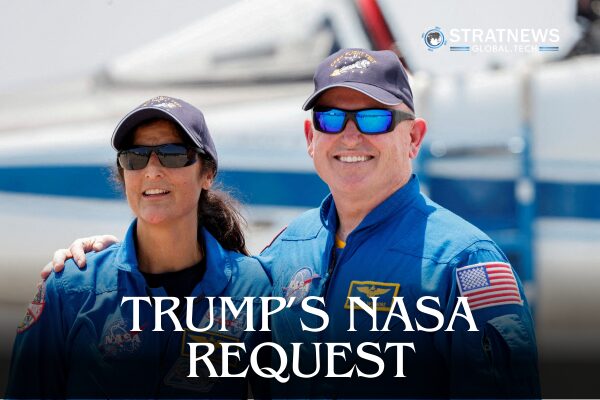NASA Sticks to Plan for Astronauts’ Return Amid Trump’s Call for Speedier Retrieval
NASA sticks to SpaceX plan to return two astronauts from the International Space Station (ISS) with SpaceX, despite former President Donald Trump urging a quicker retrieval. The agency stated on Wednesday that SpaceX would bring NASA astronauts Butch Wilmore and Suni Williams back to Earth “as soon as practical.”
Trump had called for an immediate return on Tuesday, suggesting that the Biden administration had “abandoned” the astronauts. However, NASA clarified that Wilmore and Williams had been scheduled to return on a SpaceX Crew Dragon capsule since August.
SpaceX Assigned to Return Astronauts After Boeing’s Starliner Issues
Wilmore and Williams originally flew to the ISS last summer aboard Boeing’s Starliner for an eight-day test mission. However, technical problems with the spacecraft’s propulsion system extended their stay to nearly a year.
Due to ongoing Starliner issues, NASA decided in August to rely on SpaceX for their return. The Crew Dragon spacecraft assigned for their journey home has been docked at the ISS since September, awaiting the completion of NASA’s Crew-10 mission preparations.
NASA explained that the astronauts’ return was initially set for February but later pushed to late March to allow more time for SpaceX to prepare a new Crew Dragon capsule for the Crew-10 mission. Any significant schedule changes could disrupt ISS operations, potentially leaving American astronaut Don Pettit as the only US crew member aboard.
NASA’s Delicate Scheduling Balance
Trump’s demand for a quicker return surprised many at NASA, as it was an unusual presidential intervention in the agency’s operations. While NASA maintained that its schedule remained unchanged, it did not confirm whether the Crew-10 launch could be accelerated.
The ISS schedule is carefully coordinated, ensuring the smooth rotation of astronauts. If Crew-9 were to return before Crew-10 arrives, the ISS would be left understaffed on the US side, complicating station maintenance and scientific research.
NASA has depended on SpaceX’s Crew Dragon since 2020 for astronaut transport, following a $3 billion contract under the Commercial Crew Program, which began during the Obama administration. Boeing’s Starliner, developed under the same program with a $4.5 billion contract, has faced continuous engineering setbacks.
The ongoing delays with Starliner raise questions about Boeing’s role in future crewed missions. NASA is now focused on safely returning Wilmore and Williams while ensuring the ISS remains fully staffed.
With inputs from Reuters


